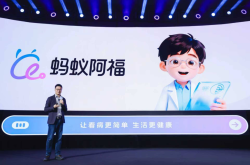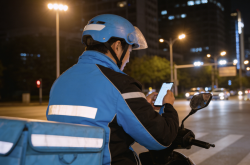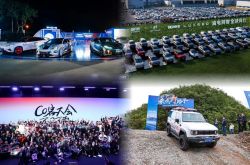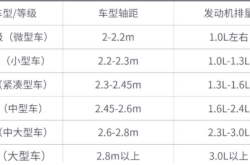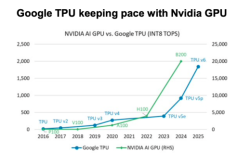Tesla's Downgrade to a 'Tin Shack': A Result of Musk's New Trillion-Dollar Bet
![]() 10/09 2025
10/09 2025
![]() 430
430
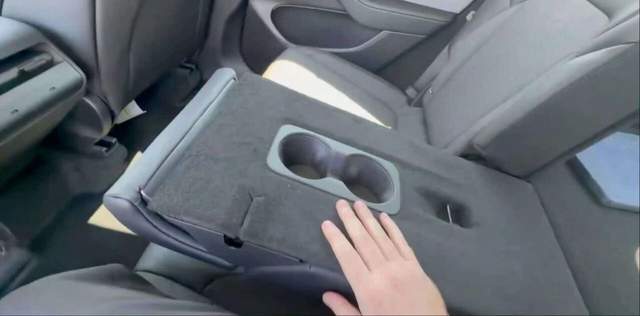
Source: Yuan Auto
The extent of the downgrades in Tesla's budget-friendly models is even more severe than anticipated.
On October 7th, the new Model Y, officially labeled as the 'Standard' version, was released as planned on Tesla's U.S. website. Surprisingly, the Model 3 Standard Version was also unveiled at the same time. These two standard models have slashed the starting prices of the Model 3 and Model Y by $5,500 and $5,000, respectively. The Model 3 now starts at $36,990 (approximately 263,000 RMB), while the Model Y begins at $39,990 (approximately 285,000 RMB).
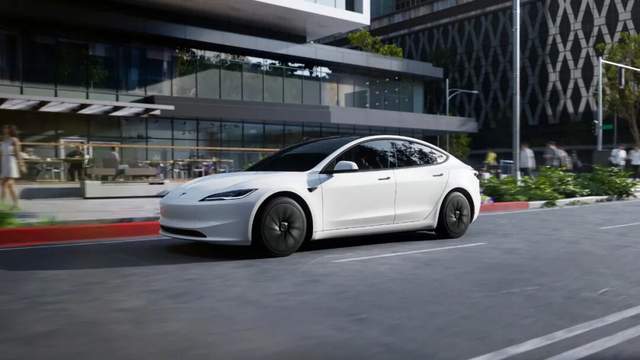
On October 8th, Yuan Auto learned from sources close to Tesla China that the two new standard models are currently exclusive to the U.S. market, and whether they will be introduced in the Chinese market is still pending confirmation. On the same day, Yuan Auto inquired with Tesla China regarding the localization plans for these two new models but had not received a response by the press deadline.
'The price reductions of the two standard models compared to the previous entry-level versions range from 11% to 13%. Within Tesla China's pricing framework, they still do not bring the starting price below 200,000 RMB. Coupled with highly simplified configurations, their appeal to the domestic market is limited,' the aforementioned source told Yuan Auto.
01 From a Basic Model to a Tin Shack
In the domestic auto market, Tesla's configurations are relatively basic compared to models in the same price range, often being humorously referred to as 'basic housing' among cars. If domestically sold Teslas are already 'basic housing,' then the Standard Version Model 3 and Model Y are undoubtedly 'tin shacks.'
Taking the more highly anticipated Model Y Standard Version as an example, compared to the version priced $5,000 higher, it has removed the front and rear through-type lights, in-car ambient lighting, and the rear entertainment screen. The exterior mirror folding and steering wheel adjustment mechanisms have been changed to manual, while the seat fabric, standard wheel size, power, and range performance have all been downgraded.
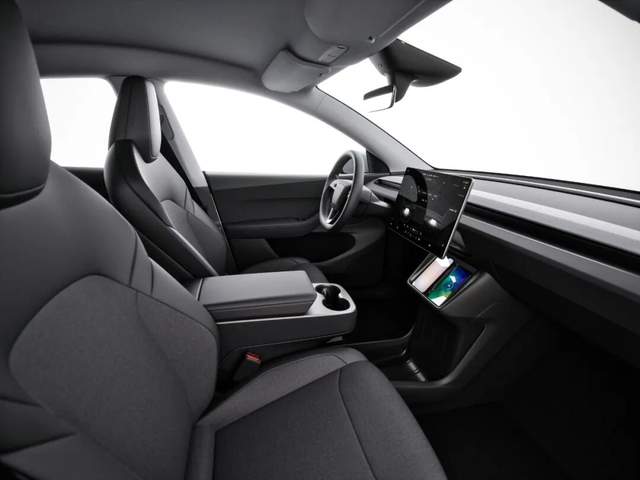
In reality, these downgrades were somewhat anticipated. What truly catches people off guard lies in the finer details.
For instance, opening the front hood of the Model Y Standard Version reveals that most plastic trim panels and sound insulation materials have been removed, exposing a significant amount of metal components. From the outside, the Model Y Standard Version appears to have a glass roof, but opening the door reveals that the roof is stitched together with a layer of fabric. Even the central infotainment system in the Model Y Standard Version lacks FM radio functionality.
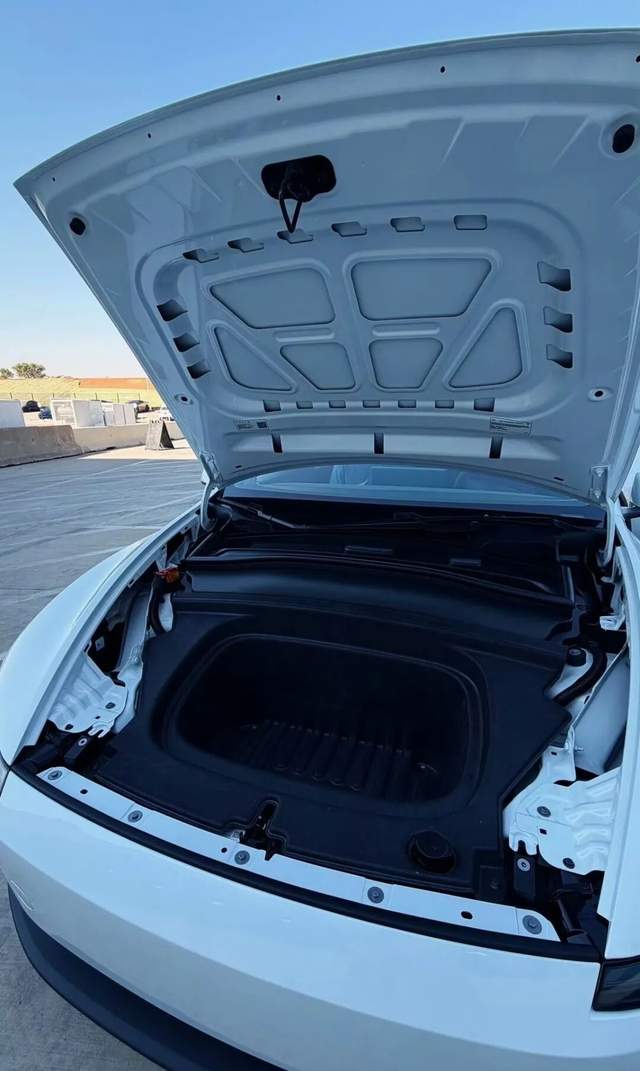
In comparison, the downgrades in the Standard Version Model 3 are slightly less severe. The styles of its front and rear lights are essentially the same as those of the more expensive models, and the in-car panoramic glass roof is also retained.
If the downgrades in the Standard Version Model 3 and Model Y are still deemed acceptable, Tesla has made another move that even many loyal brand fans find puzzling—downgrading the Autopilot feature.
The so-called Autopilot feature refers to an assisted driving function based on adaptive cruise control and automatic steering. When activated, the vehicle can maintain its position within the lane and automatically follow the car ahead. Although not as intelligent as navigation-assisted driving, which can proactively bypass obstacles and change lanes to overtake, it still significantly reduces driving fatigue and is the most popular assisted driving feature among Tesla owners, second only to Tesla's FSD (Full Self-Driving) capability.
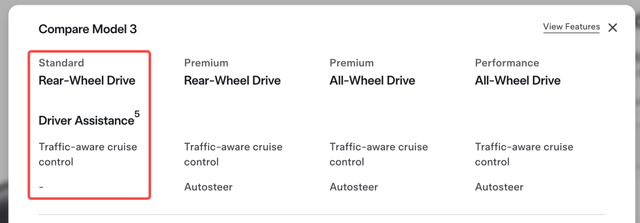
However, in the Standard Version Model 3 and Model Y, since the automatic steering function has been downgraded, Autopilot is no longer available. To experience Tesla's acclaimed assisted driving capabilities, owners of the Standard Version Model 3 and Model Y can opt for the FSD Full Self-Driving feature, priced at $8,000.
02 Musk's Trillion-Dollar Bet
If you're puzzled as to why Tesla even removed Autopilot from the Standard Version Model 3 and Model Y, let's first revisit the new compensation plan proposed by Tesla's board of directors to CEO Elon Musk in September this year.
This compensation plan spans a decade, under which Musk can receive up to 423.7 million shares of restricted Tesla stock, with a potential value reaching up to a trillion dollars. To fully earn these stocks, Musk needs to achieve 12 milestone goals, each consisting of a market value target and an operational target.
Among these goals, four operational targets are considered the foundation of everything: 1) Delivering 20 million Tesla vehicles; 2) Reaching 10 million active subscribers for the FSD Full Self-Driving feature; 3) Delivering 1 million humanoid robots; 4) Having 1 million Robotaxis in commercial operation.
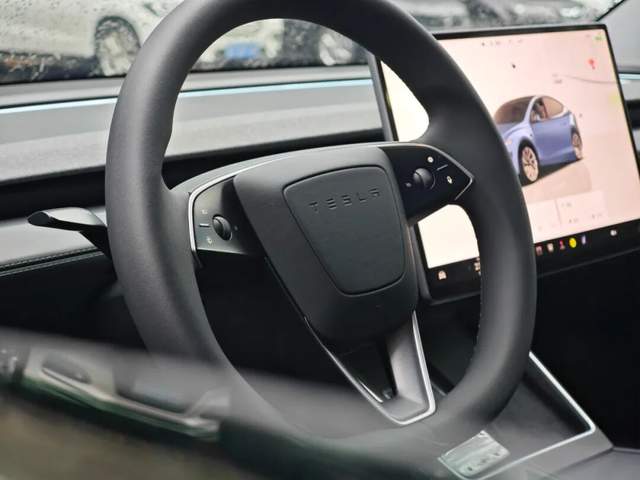
Currently, this compensation plan awaits approval from Tesla's shareholder meeting, but it is widely believed to be only a matter of time. Tesla's current strategy with the Standard Version Model 3 and Model Y precisely addresses the operational goals of increasing new car sales and stimulating FSD subscriptions.
It is reported that the U.S. federal electric vehicle tax credit policy expired on September 30th, meaning the cost of purchasing electric vehicles in the U.S. has increased accordingly. Against this backdrop, Tesla's move to lower the entry price threshold for the Model 3 and Model Y through the Standard Version models can be seen as a proactive strategy.
Considering the limited number of competitors and product strength in Tesla's U.S. market, the Standard Version Model 3 and Model Y are expected to remain highly attractive.
While maintaining or even expanding the opening of the conversion funnel in the U.S. market through the Standard Version models, Tesla officially rolled out the first version of FSD 14, V14.1, to U.S. users on October 7th. Musk previously stated that starting from FSD 14, Tesla would 'feel like it has consciousness.'
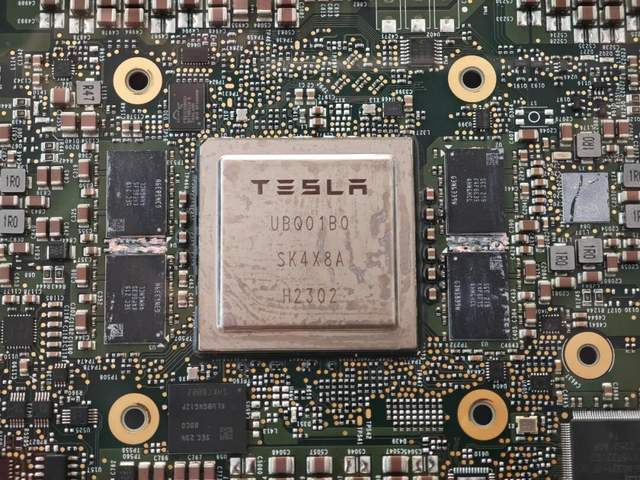
Currently, videos related to Tesla FSD 14 are widely circulating on overseas social media platforms. Some owners have recorded videos documenting their vehicles automatically navigating through fast-food drive-thrus after the upgrade, while others have demonstrated their vehicles proactively yielding to police cars behind them based on siren sounds.
Amidst the overwhelming promotion of these features, combined with the fact that the Standard Version Model 3 and Model Y do not offer Autopilot, which can meet basic assisted driving needs, it seems logical for owners to bite the bullet and pay $8,000 to become FSD Full Self-Driving subscribers.
In fact, globally, Tesla has largely moved past its phase of rapid, unchecked growth, with demand declining to varying degrees in its two largest markets, the U.S. and China. Therefore, for Musk and Tesla to achieve their next-stage development goals, implementing more regionally tailored market strategies is crucial.
From this perspective, the six-seat extended Model YL launched in the Chinese market in September, like the Standard Version Model 3 and Model Y currently launched in the U.S. market, are all part of Musk's trillion-dollar bet.
Some images sourced from the internet. Please notify us for removal if there is any infringement.

